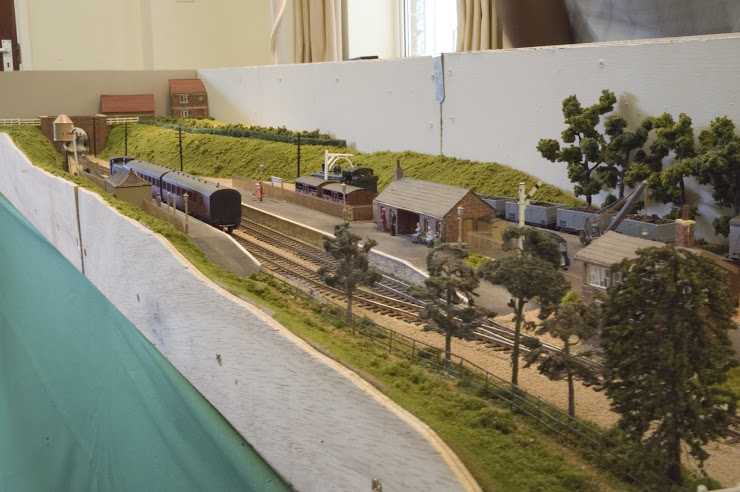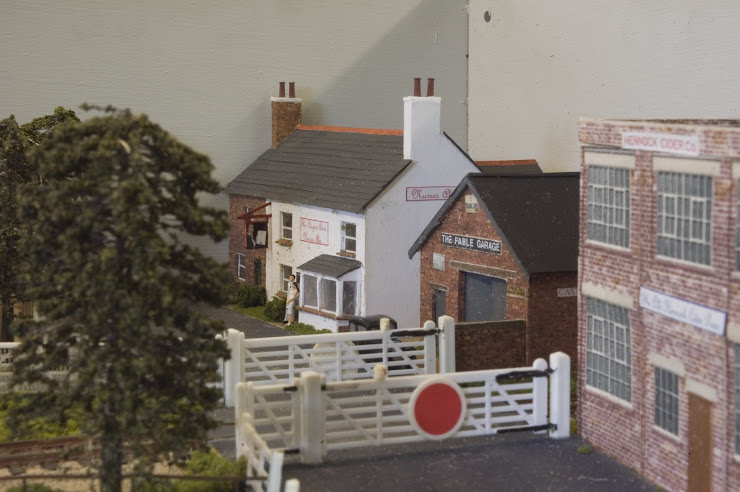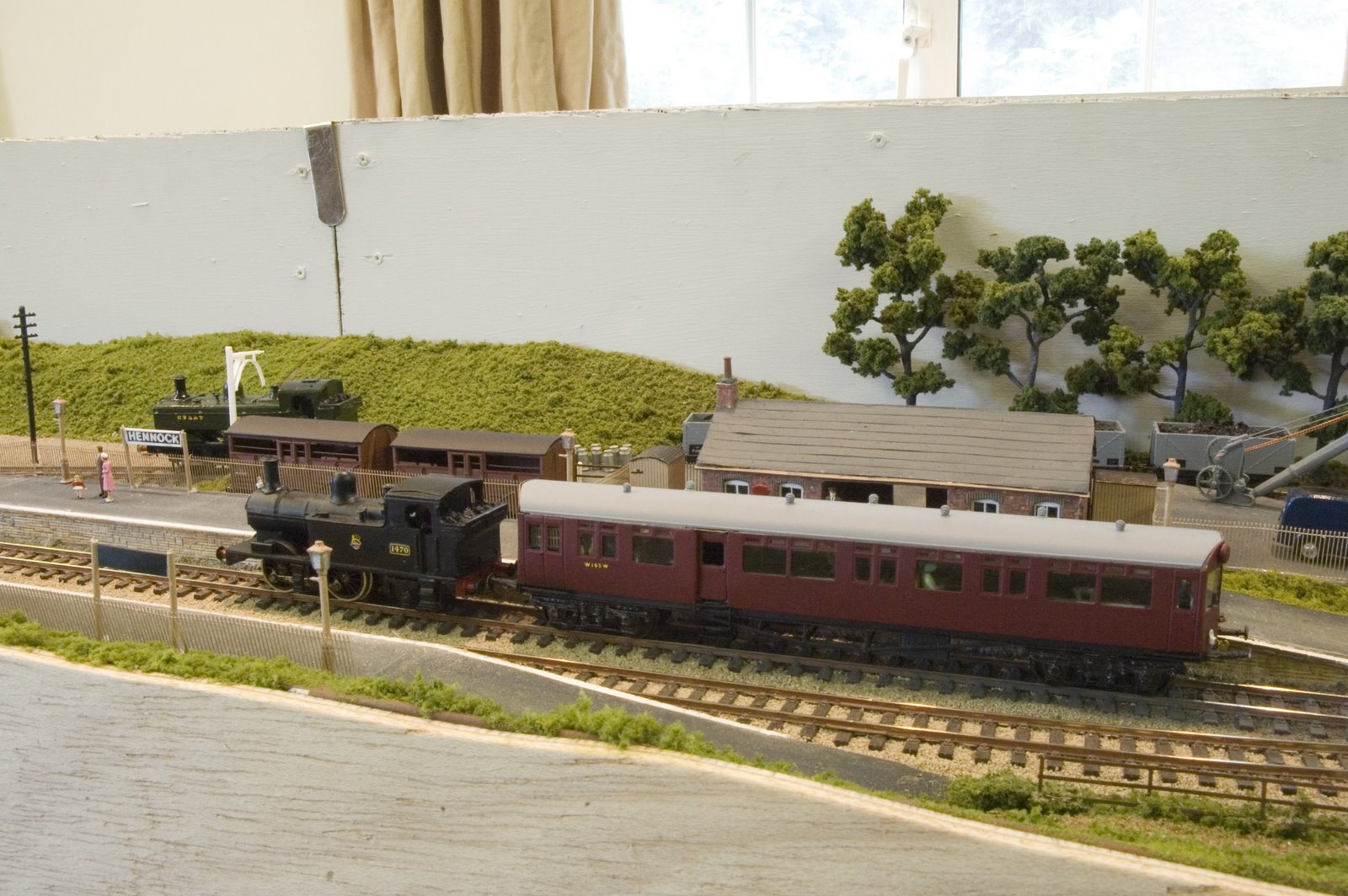Three Brake Vans ready to be glazed, have the roof's & wheels fitted, weighted and have couplings attached.
The Midland van is unfitted and really didn't appear in Devon. However, it's my layout and I didn't see a photo that it didn't happen!
 The top BR Brake is a fitted version, needs hoses as well attached. I am pleased with the way this van looks with the handrails picked out in white. This was achieved by sliding some greaseproof paper behind the rails before painting. This has the advantage of some paint adhering to the rear of them when you slide the paper out before it dries. Do only use
The top BR Brake is a fitted version, needs hoses as well attached. I am pleased with the way this van looks with the handrails picked out in white. This was achieved by sliding some greaseproof paper behind the rails before painting. This has the advantage of some paint adhering to the rear of them when you slide the paper out before it dries. Do only use
greaseproof paper,or the backing off sticky labels, these will not attach
themselves to the paint.
 The third van has black background to the numbering. This is correct and something I picked up quite by accident. There are many photos on the
The third van has black background to the numbering. This is correct and something I picked up quite by accident. There are many photos on the
web showing these anomalies and are well worth spending a little time investigating.
Well, must finish these three before I move on to some coaches.
The Midland van is unfitted and really didn't appear in Devon. However, it's my layout and I didn't see a photo that it didn't happen!
 The top BR Brake is a fitted version, needs hoses as well attached. I am pleased with the way this van looks with the handrails picked out in white. This was achieved by sliding some greaseproof paper behind the rails before painting. This has the advantage of some paint adhering to the rear of them when you slide the paper out before it dries. Do only use
The top BR Brake is a fitted version, needs hoses as well attached. I am pleased with the way this van looks with the handrails picked out in white. This was achieved by sliding some greaseproof paper behind the rails before painting. This has the advantage of some paint adhering to the rear of them when you slide the paper out before it dries. Do only usegreaseproof paper,or the backing off sticky labels, these will not attach
themselves to the paint.
 The third van has black background to the numbering. This is correct and something I picked up quite by accident. There are many photos on the
The third van has black background to the numbering. This is correct and something I picked up quite by accident. There are many photos on theweb showing these anomalies and are well worth spending a little time investigating.
Well, must finish these three before I move on to some coaches.















































